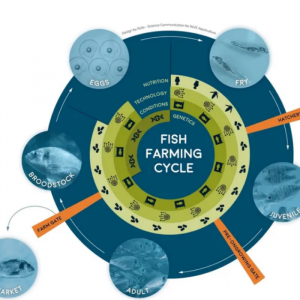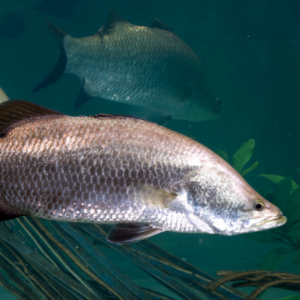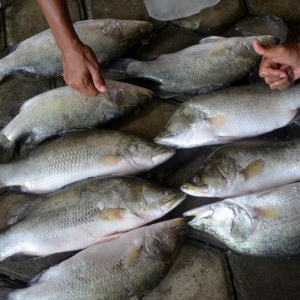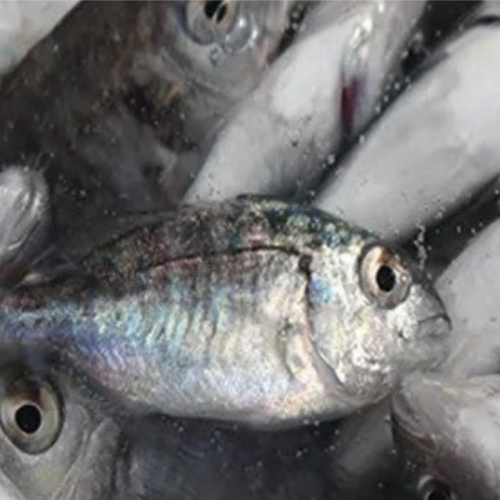
Improving Profitability and Production Efficiency in Seabass and Sea Bream
| Fri, 10 Jan 2020 - 13:50
The need to halt the decline of yield per fry was the central theme of a presentation on Mediterranean finfish hatcheries which was given by Isabel Represas at INVE’s customer seminar in Crete.
Represas, who is INVE Aquaculture’s sales director in Europe and the Middle East (EMEA), kicked off proceedings by asking the audience – who were primarily seabass and seabream hatchery managers – a number of questions.
The first question (see figure 1 below) related to the factors that producers see as being the most important for improving their overall production. The results showed that 39 percent of the audience believed that improvements in hatchery protocols will have the biggest impact on the predictability of the production while 27 percent put their faith in new technologies. The consistency of products came in as the third-largest area for improvement with 19 percent of the vote, while increasing staff skill picked up the remaining 15 percent.
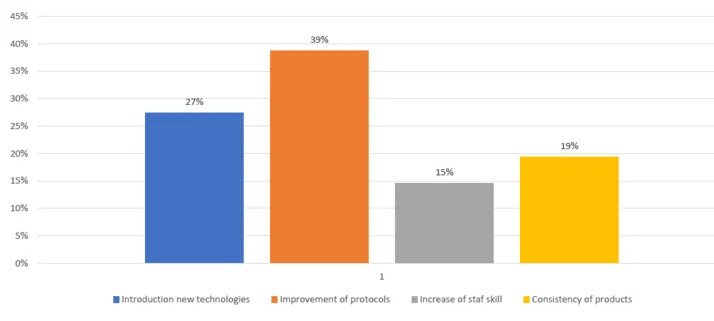
Figure 1: hatchery managers were asked to share the factors they considered having the greatest impact on their productivity
The second question (figure 2) related to profitability, with 29 percent rating genetics as the most important means to improve profitability and 26 percent thinking that biosecurity was the number one priority. Eighteen percent rated automation as having the most potential to improve profitability and this was followed by nutrition (15 percent) and diversification (12 percent).

Figure 2: hatchery managers were asked to share the factors they considered having the greatest impact on their profitability
Commenting on the results of the online poll, Represas said: “ The results clearly showed that predictability and profitability are linked with more than one factor, we have to look into several aspects as genetics and biosecurity, aligned with hatchery protocols to improve larval quality as one of main drivers for successful fish farming. New technologies and automation are crucial to reducing risk factor, this is expected to grow rapidly as consolidation of the industry continues.”
Represas went on to provide an overview of aquaculture production levels in the Mediterranean, revealing that 440,000 tonnes of finfish (of which 95 percent was accounted for by bass and bream) were produced in 2018. Moreover, although these fish were produced across 20 countries, Greece and Turkey account for 70 percent of production levels. She also flagged up the trends over the last 20 years, in which fry production has increased 2.8 times, while grow-out numbers have only increased by 2.5 percent.
Establishing the yield per fry – which is one of the best measures of production efficiency – Represas explained, was not easy, but it is clear from the data that she was able to collate that while it is hugely variable from year to year, there is also a clear long-term downward trend.
Meanwhile, in terms of species, she noted that, while the bass traditionally had a better yield per fry in the last two years they have been outperformed by bream.
She went on to contrast the performance in the Mediterranean with that of the salmon sector, which has seen a gradual increase in yield per smolt over the generations and was now at 3.52 kg/smolt in Norway. - an important indicator of improved production efficiency. However, she also noted that in other countries, such as Chile, there has been a high variability from year to year – a reflection of sporadic spikes in disease levels.
The good news, according to Represas, is the decrease in the cost of fry production in the Med, due to the optimization of hatchery procedures, with the current average cost of producing 1 million fries now at around €119,584 (ie €0.12 per fry). However, she finished up her presentation by suggesting that optimizing feeding protocols – particularly at the nursery stage – could have a major impact on improving overall performance.
And she presented the results of a trial which suggest that upgrading feeds in a farm with a 5,000-tonne production capacity could increase the end yield by 736 tonnes and overall income by €2.4 million.
Summing up her talk Represas emphasized: “The vital role of fry quality in maximizing yields during grow-out. As a result, it’s of crucial importance for hatchery managers to prepare their fish to ensure healthy, well-balanced and cost-effective growth.”
In order to achieve this, she argued, producers need to: “Improve their technology; increase levels of automation to reduce human error and increase control and predictability, and implement new techniques to manage environmental conditions and disease prevention”.
Source: The Fish Site













